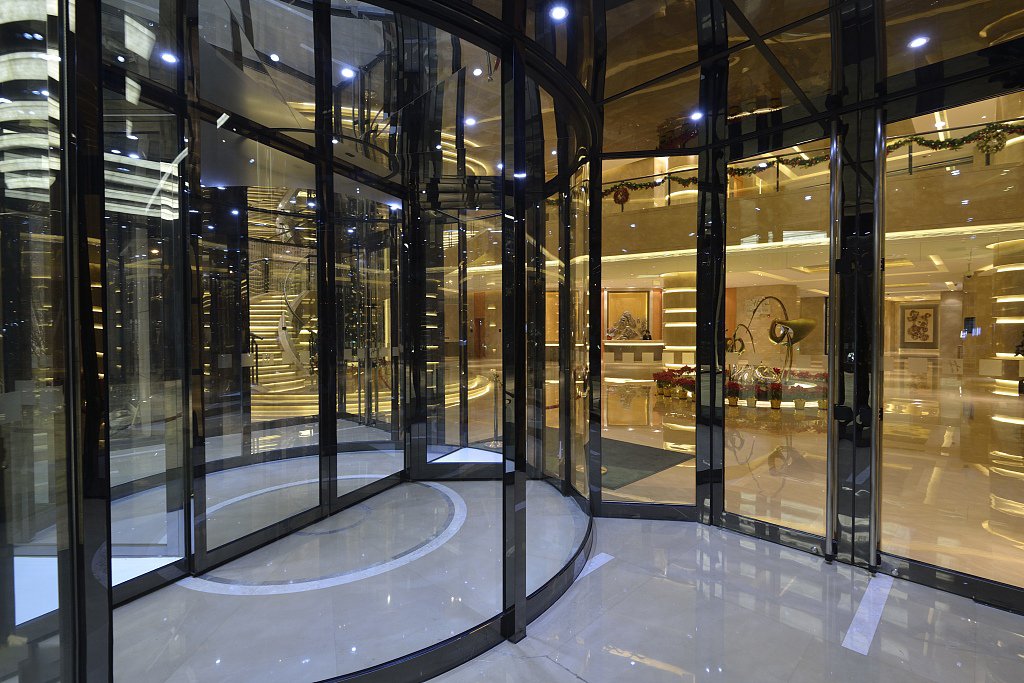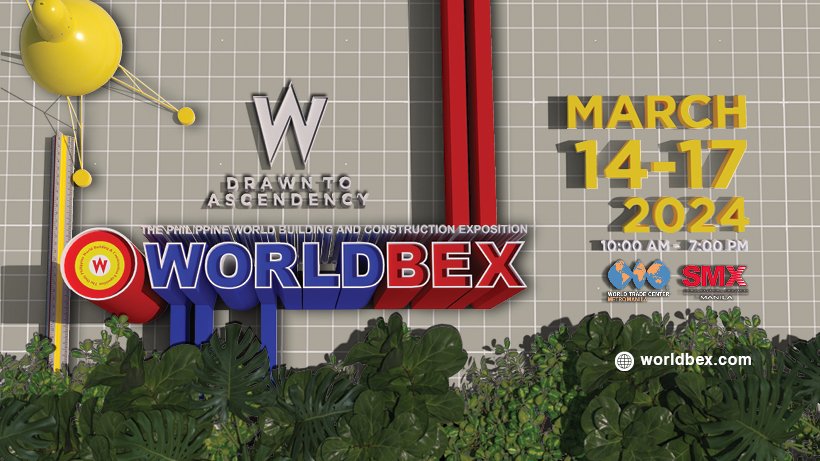Metalworking Costs Too High? These Methods Help Save Your Budget
Table of Contents
In the metalworking industry, cost efficiency is a priority. Whether you’re managing a large-scale project or a smaller, custom fabrication, finding ways to reduce expenses without sacrificing quality is always a challenge. At JYF METAL, we specialize in stainless steel products for various applications, including stainless steel partitions, bar counters, sculptures, and customized projects. Understanding how to optimize both material selection and manufacturing processes can help businesses like yours save significantly on costs.
In this article, we will explore practical strategies to reduce metalworking costs. These methods, tailored to our product offerings, can help you strike a balance between quality and budget.
Choose the Right Materials
One of the most straightforward ways to reduce costs in metal fabrication is through smart material selection. While 304 stainless steel is a commonly used material, it may not always be necessary depending on the application.
Switch to Stainless Steel 201
Choosing 201 stainless steel over 304 can significantly reduce your material costs while maintaining the functionality and aesthetics of the final product. However, if your design will be exposed to outdoor elements or extreme conditions, investing in 304 stainless steel might still be the best choice.
Consider Alternatives to Stainless Steel
While stainless steel is often the go-to for durability and aesthetics, there are instances where other metals or alloys can achieve similar results at a lower cost. Mild steel or aluminum may be viable alternatives depending on the application, especially in non-load-bearing or decorative features.

Optimize Fabrication Techniques
Manufacturing processes can make a significant impact on costs. While the best technique for your project depends on design, function, and appearance, opting for efficient methods can help you reduce both labor and material costs.
Switch from Full Welding to Spot Welding
Welding is a common technique in metal fabrication, but full welds can be labor-intensive and time-consuming. Instead of using full welds for every joint, consider switching to spot welding. Spot welding involves using localized heat to bond two pieces of metal at specific points. This method is faster, requires less material, and uses fewer resources overall.
For projects like screen partitions or metal frames, spot welding can be a practical alternative to full welding. It not only reduces labor time but also provides a clean, strong bond that meets the structural requirements.
Switch to Powder Coating Over PVD Coating
PVD coating, while offering a high-quality finish, can be an expensive process due to its complex technology and long production time. If your project requires a decorative finish but cannot justify the high cost of vacuum plating, consider powder coating as an alternative.
Powder coating is a cost-effective way to achieve vibrant colors and durable finishes on metal products. It involves applying a dry powder to the metal surface and curing it under heat. This process is less expensive than vacuum plating and offers excellent resistance to scratches and fading. For stainless steel products such as bar counters, partitions, or metal frames, powder coating can provide both aesthetic appeal and long-lasting protection at a lower cost.
Streamline Production and Reduce Waste
Efficient production processes not only improve turnaround time but also help reduce costs. Implementing lean manufacturing principles can contribute to both material and labor savings.
Reduce Material Waste
One of the most effective ways to lower costs is by minimizing material waste. Optimizing cutting and bending processes can reduce the amount of scrap metal left behind after production. This can be achieved by using precise CAD drawings for better planning and ensuring that materials are cut to exact specifications. Using advanced software tools to simulate cutting patterns can help you avoid unnecessary scrap and reduce costs associated with excess material.
Use Pre-Formed Components
In some cases, using pre-formed components or standardized parts can save both time and money. Instead of custom fabricating every single piece, consider integrating ready-made parts into your designs. This could be applicable for projects such as partition screens or bar counters. By incorporating these parts, you can reduce production time and labor costs.
Simplify the Design
Sometimes the most effective way to reduce manufacturing costs is to simplify the design. While customization is essential for many projects, overly complex designs can lead to higher labor costs and longer production times.
Minimize Intricate Details
Complex features such as detailed laser cutting, intricate patterns, or custom sculptures can significantly increase manufacturing time and costs. By reducing the level of detail, you can achieve a more streamlined production process, saving both time and money. For instance, simpler screen partitions with fewer cuts or bar counters with minimal detailing can be both aesthetically pleasing and more cost-effective.
Standardize Dimensions and Designs
Standardizing dimensions and materials across multiple products can also help reduce costs. For example, if you are creating a series of stainless steel partitions for a commercial building, keeping the dimensions consistent can reduce setup time and allow for the use of bulk materials, both of which save money. This approach is especially beneficial when working on large-scale projects that require multiple units of similar designs.
Outsource or Work with Trusted Partner
Sometimes, outsourcing certain elements of production can help reduce costs. For example, working with a supplier that offers competitive pricing on raw materials or partnering with a specialized fabricator for specific tasks (such as laser cutting or powder coating) can lower costs.
At JYF METAL, we have long-term partnerships with trusted freight forwarders and suppliers, which allows us to provide more affordable shipping and procurement options. By working with our established network, we can offer competitive pricing and optimize the overall budget for your project.

Plan for Long-Term Efficiency
While short-term cost reductions are important, don’t forget to think about long-term efficiency. Investing in high-quality tools, machinery, and software can save you money in the long run by improving production times and reducing maintenance costs.
Regularly evaluating your manufacturing processes, material sourcing, and production techniques ensures that you are always working at maximum efficiency. Additionally, establishing clear communication channels with customers and stakeholders can help avoid costly changes during the production phase.
Conclusion
Reducing costs in metal fabrication doesn’t mean compromising on quality. By making strategic decisions in material selection, fabrication methods, production processes, and design, you can save money without sacrificing the durability and aesthetic appeal of your stainless steel products.
At JYF METAL, we offer a wide range of customized stainless steel solutions, from screen partitions to bar counters, designed to meet your specific needs while staying within budget. By understanding the best ways to optimize costs, we can help you achieve both high-quality results and cost savings in your next project.
You Might Also Like
Please Share This
Follow Us On Twitter
On-site Installation of Stainless Steel Screen Partition
Precision-made. Professionally installed.
Transforming spaces with durable, elegant metal dividers.
📮DM us for custom design and project support.
#interiordecoration #metalpartition #roomdivider #sheetmetalfab
Café Design | A Sensory Collision of Metal and Coffee
This design is from BOUNDLESS SPACE DESIGN OFFICE
If you are interested in stainless steel decorative materials, please contact me for a quote !
Email: claire@jyfmetal.com
#interiordecoration #decorativematerials #metallic
Stainless Steel Fluted Panels & Skirting Boards
Clean lines, large size, premium finish — perfect for luxury interiors.
Custom colors, surface treatments, and dimensions available.
📩 DM us for catalogs or project solutions.
#flutedpanels #metalskirting
If your project is intended for indoor applications and does not require the high corrosion resistance of 304 stainless steel, opting for 201 stainless steel could be a cost-effective alternative. This material is more affordable while still offering good strength and durability for many interior applications, including partitions, decorative features, and bar counters.





